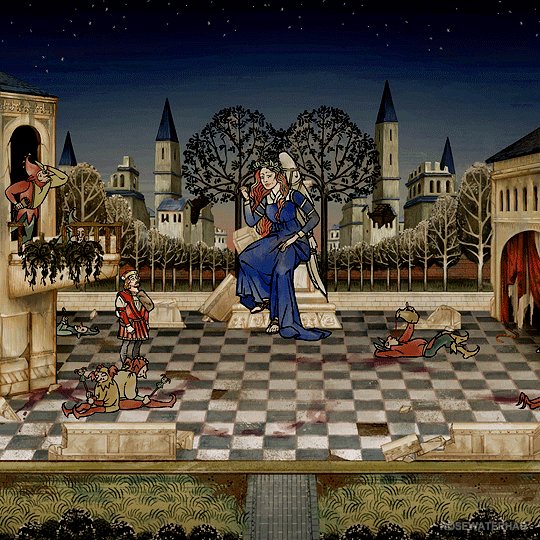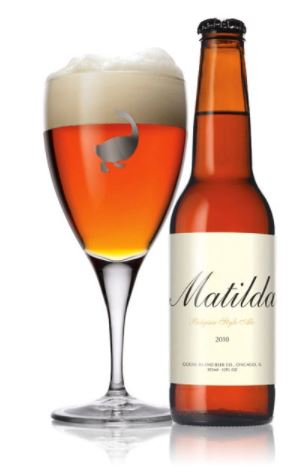[1] #Pentiment, the 2022 game by @Obsidian, is set in the fictional town of Tassing, home to Kiersau Abbey and tracks the story of an illuminator named Andreas Maler from 1518 to about 1543, during the tumultuous spread of Reformation ideals across Upper Bavaria. #MAMG23 

[2] Throughout the game are sleep interludes where the player visits Maler’s Memory Palace (MP) to contemplate decisions both made or neglected, and those yet on the horizon. The player visits the imaginary palace in two stages—first by boat, then by maze. 

[3] To enter the MP, the player must solve a labyrinth. As you maneuver around the maze, you are confronted with questions regarding Maler's relationship with his family and his involvement with the town’s affairs, posed by the very people whose expectations seem to haunt Maler. twitter.com/i/web/status/1…
[4] These dialogue vignettes are sudden and confrontational, asking the player to consider their actions; they become more interrogative with each iteration of the maze. Later play-throughs reveal that movement and dialogue are inextricably linked, regardless of the path taken.
[5] Initially, the maze shape invokes the utopic 'civitas' of the Renaissance—a walled city with concentric rings, the MP as the organizational center. This visual connection weakens with each visit: the maze becomes less ideal while the MP falls into visible disarray and chaos. 

[6] However, as notions of the ideal begin to fade—aligning perfectly with the character’s own growing cynicism—the algorithmic convolution of the maze becomes more prominent. The player’s interaction becomes more intentional as the path forward is increasingly obscured. 



[7] Each new obfuscation forces the player to further linger on the narrative implications of their choices. This mechanism is similar to the imaginative and meditative processes used throughout the medieval material culture associated with Christian pilgrimages. 



[8] Though mazes were not the exclusive purview of medieval Christians, the backdrop of the Abbey of Kiersau—complete with its own pilgrimage shrine—and the parish church dedication (‘Our Lady of the Labyrinth’), provides persuasive evidence for this framework. 

[9] Daniel K. Connolly has written on the power and significance of mazes to medieval pilgrims who engaged them as imagination devices. Connolly links the pavement labyrinth at Chartres to contemporaneous depictions of Jerusalem such as those in ‘Situs Hierusalem’ maps. 

[10] The repetitive, inwards movement invoked the centrality—both spiritually & mentally—of the holy city to the visiting pilgrim. Every turn oriented them towards a different view of the cathedral, prompting different modes of reflection—much like the game, movement is key.
[11] As the game progresses and the maze becomes more maze-like (thus arguably reverting to a more ‘medieval’ form), it reflects the larger narrative theme which sets modernity and tradition at odds. The game’s emergent Reformation which threatens the closure of the Abbey;
[12] the pagan origins of the town, abandoned and obscured in fear of the Inquisition; even the very style of the game itself which brings the illuminated manuscript into the digital age. Thus, by utilizing a boldly medieval imagination device,
[13] the game subtly advances a case in which modernity does not inevitably win out but struggles against the strength and allure of tradition. Furthermore, it marries a medieval tool for imagination with a modern one—the video game.
Also shout out to @qu3tzi (and their partner, who I don't think is on twitter?) for randomly gifting this game to me on steam with a note that basically said "go do something with this"
• • •
Missing some Tweet in this thread? You can try to
force a refresh

 Read on Twitter
Read on Twitter







